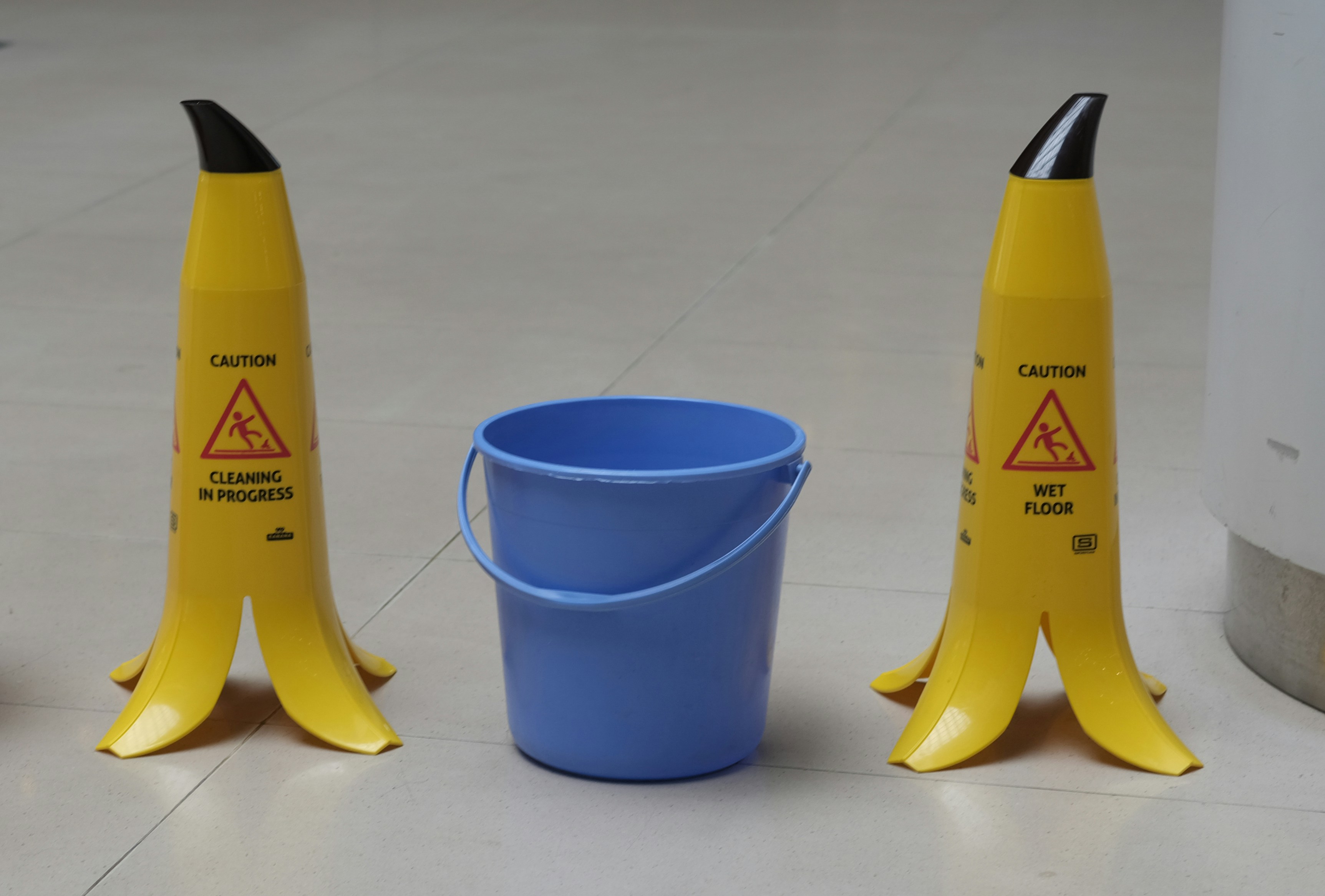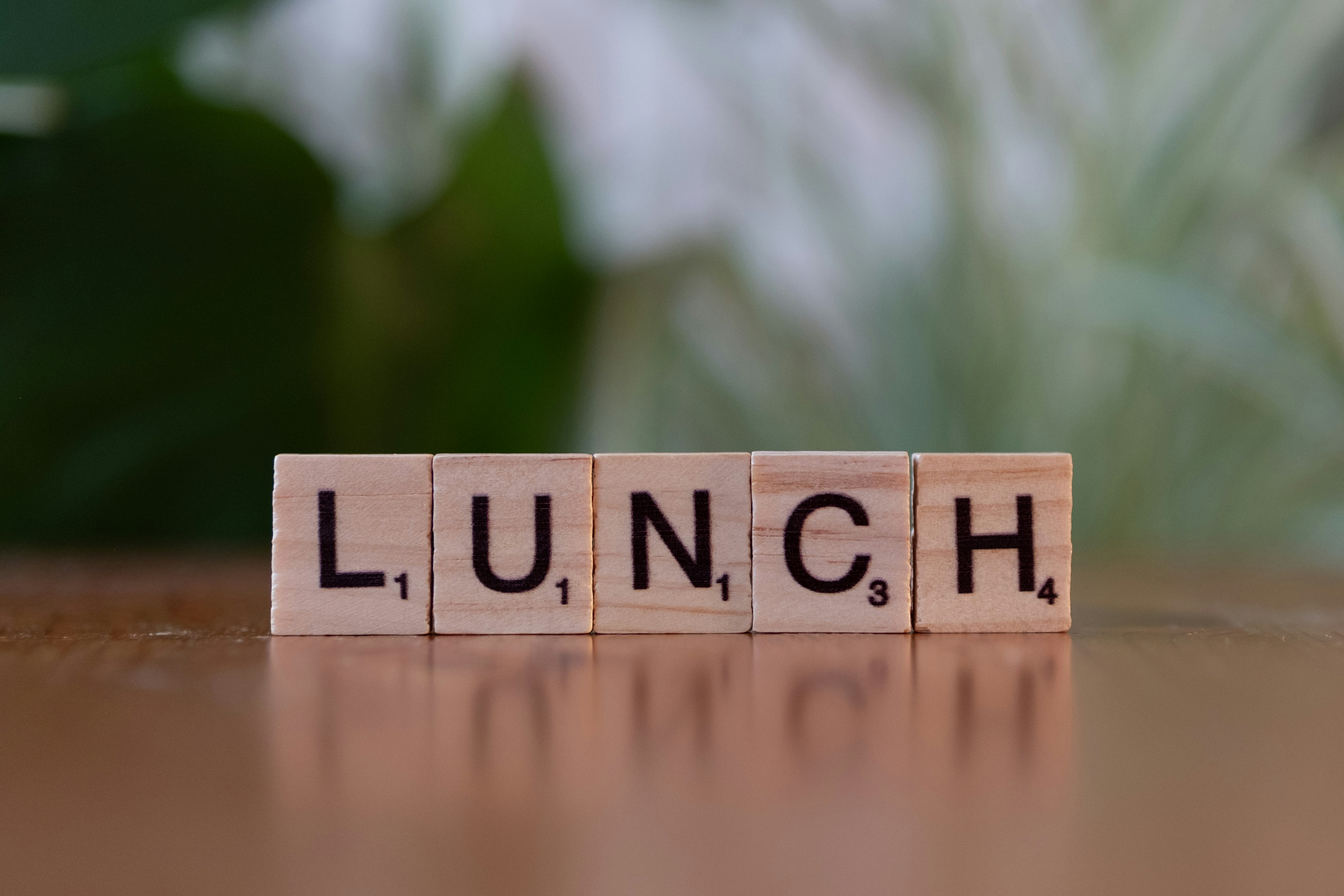Slip and fall accidents are unfortunately common, often leaving victims with not only physical injuries but also financial burdens. In California, where bustling urban life meets unique environmental factors, understanding the worth of a slip and fall case can be complex yet essential. This article delves into the intricacies of evaluating a slip and fall claim in the Golden State, focusing on crucial elements such as the severity of injuries sustained, the role of negligence, and the limits of applicable insurance policies.
At the heart of every slip and fall claim is premises liability, a legal theory that holds property owners accountable for unsafe conditions that lead to accidents. The state of California has specific statutes outlining property owner responsibilities and what constitutes negligence. By examining common hazards and the typical settlement amounts, this guide provides a well-rounded perspective on how compensation amounts are determined in such cases.
Furthermore, we explore the critical steps victims should take following a slip and fall incident, including evidence gathering and seeking legal counsel. With expert advice from Infinity Law Group, you will gain insight into the negotiation process, non-economic damages, and the factors influencing case duration. Whether resolved in or out of court, understanding these elements can significantly impact the outcome of a claim, making this article invaluable for anyone looking to navigate the legal landscape of slip and fall cases in California.
Key Factors Affecting Case Value
In California, slip and fall cases can vary significantly in value. Several key factors play a role in determining the monetary compensation you may receive. Each situation is unique and requires careful analysis. Understanding the elements that affect case value is crucial for anyone involved in a slip-and-fall accident. Knowing these factors can better prepare you for discussions with legal professionals and insurance companies.
Severity of Injury
The severity of an injury is a pivotal factor in calculating a slip-and-fall settlement. Severe injuries, such as traumatic brain injuries or multiple fractures, typically lead to higher compensation. These types of injuries often require extensive medical treatment and rehabilitation. The recovery process might be long, demanding ongoing care and impacting your daily life significantly. Consequently, the need for comprehensive medical treatment increases the potential payout for these cases. In California, injuries that involve long-term pain or disability also tend to result in larger settlements. This is because they affect your ability to return to normal activities and enjoy life as before. Thus, dealing with an experienced attorney is essential to ensure fair compensation is pursued for the injuries sustained.
Liability and Negligence
Slip and fall accidents fall under the category of premises liability law. This means that a property owner can be held responsible if their negligence leads to a hazardous condition causing an accident. To establish liability, you must prove the property owner or manager failed to maintain a safe environment. Common examples include leaving wet floors without a warning sign. Demonstrating that this negligence directly caused your accident is crucial. In California, premises liability laws hold property owners accountable for maintaining their property safely. Therefore, showing that the defendant breached their duty of care and created a dangerous condition is necessary to succeed in a slip-and-fall claim. This highlights the importance of documenting all evidence related to the negligence involved.
Insurance Policy Limits
Insurance policies play a significant role in determining the compensation in slip-and-fall cases. The insurance policy held by the property owner can cap the settlement amount. Most property owners have liability insurance, but this may restrict the payout to the policy’s limit. In situations where the insurance company offers a low settlement, consulting a personal injury attorney becomes vital. They can negotiate to ensure you receive a fair amount. Understanding the coverage limits of the at-fault party's insurance helps set realistic expectations for the settlement. If the policy limits are insufficient, additional compensation paths may need exploration. Legal counsel can aid in navigating these scenarios to maximize your compensation in a slip-and-fall case in California.
Understanding Premises Liability
Premises liability is a legal concept that often comes into play with slip and fall accidents. In California, it’s essential to understand how this law affects your ability to claim damages. This type of personal injury case typically involves proving that a property owner failed in their legal duty to maintain a safe environment. When you experience a slip and fall, your injury lawyer must gather evidence to show the property owner’s negligence. This might include showing unsafe conditions like wet floors or other potential hazards that caused your fall. A successful premises liability claim requires a demonstration of both the property owner's responsibility for the dangerous condition and the extent of your injuries.
Property Owner Responsibilities
In California, property owners have a legal responsibility to ensure their property is safe. This responsibility is part of premises liability law, which holds owners accountable for maintaining a safe environment. If their negligence leads to slip and fall accidents, they can be held liable. For instance, hazards such as exposed wiring, uneven stairs, and wet floors must be addressed promptly. Liability is determined by proving the owner’s negligence, and failing to sustain safety standards can make them liable for personal injury claims. Hence, slip and fall accidents stemming from negligence can become strong legal claims against the owner or manager of the premises.
Common Hazards Leading to Claims
Slip and fall accidents frequently arise from everyday hazards often overlooked by property owners. Common causes include wet floors, which are particularly hazardous in areas with heavy foot traffic. Exposed wiring or cluttered walkways also pose significant risks, increasing the chances of an accident. Uneven floors or loose tiles can trip people up, while missing steps or broken staircases can result in serious falls. Additionally, loose carpets or floor mats are typical culprits in causing slip and fall claims. By identifying these hazards, victims can better understand how to document and present a compelling case for their personal injury claims.
Average Settlement Amounts
Slip and fall cases in California can vary significantly in settlement amounts. The average settlement usually falls between $15,000 and $45,000, although this can climb higher depending on the specifics of each case. Many cases see settlements in the $30,000 to $75,000 range. Factors such as the severity of the injuries, the establishment of liability, economic damages, and the limits of the insurance policy play a key role in determining the final settlement. Sometimes, settlements can reach as high as $250,000, especially if the injuries are severe. However, the median value typically hovers around $60,000, offering a more balanced perspective by minimizing the effect of unusually high settlements. It's important to note that each case is unique, and thus, the settlement amounts can also vary widely.
Typical Case Examples
Slip and fall incidents in California can occur in a myriad of locations, ranging from uneven sidewalks to slippery floors in stores and apartments. Individuals might find themselves slipping on a freshly waxed floor or tripping over an extension cord. These accidents often include hazardous conditions like snow-covered walkways, poorly maintained flooring, or obstacles left in pathways. Depending on where the incident occurs, claims may be filed against property owners, businesses, or even governmental entities, particularly in cases involving public sidewalks. The impact of these incidents can be profound, leading to significant financial compensation for the victims. Due to the nature of these accidents, settlements are often substantial, designed to cover the extensive damages incurred by the victim.
Impact of Surgery on Compensation
The involvement of surgery in a slip and fall case can considerably increase the compensation amount, underscoring the severity of such injuries. Medical expenses associated with surgical procedures significantly raise the stakes in these cases. When surgery is required, this not only indicates serious injury but also involves extended recovery periods and higher medical costs. As a result, settlements in these scenarios can sometimes reach several hundred thousand dollars, reflecting the long-term impact on the victim's life. On the other hand, cases not involving surgery usually result in less compensation due to the lower severity of the injuries and the generally shorter recovery periods. The presence of surgery in a claim inherently increases the overall value due to the necessary medical treatment and its profound effect on the victim's daily life.
Steps to Take After a Slip and Fall
Slip and fall accidents can be unsettling and lead to significant injuries. It's crucial to follow certain steps promptly to ensure you protect your rights and potential compensation. The first moments after a fall can greatly impact the outcome of your case. Key steps include gathering evidence, reporting the incident to the proper authorities, and seeking necessary medical attention. Each of these actions plays an essential role in supporting your claim and maximizing your settlement outcome. In California, navigating slip and fall claims can be complex due to the state's premises liability laws, which is why each step is important.
Gathering Evidence
Collecting evidence after a slip and fall is essential in establishing the facts of your case. Start by documenting the accident scene. Take clear photographs of any potential hazards like wet floors or uneven surfaces. These images can be invaluable when proving a dangerous condition caused your fall. Additionally, if there were witnesses, gather their contact information and ask for their account of the incident as they may support your version of events.
It's also important to preserve other forms of evidence. File an incident report with the property owner or manager and request a copy for your records. This report should detail the time, location, and conditions surrounding your fall. Lastly, consider enlisting the help of an injury lawyer who can secure critical evidence like security footage, which might demonstrate negligence.
Reporting the Incident
Timely reporting of a slip and fall incident is vital. Immediately notify a manager, owner, or employee if the accident occurs in a business or public area. This ensures that the incident is documented, which can be decisive in establishing proof. Filing an incident report at the location details important facts, providing a written account of your fall that can aid your case in the future.
Being factual and concise in your report is crucial. Include specific details about the conditions that led to your fall, such as the time and weather if relevant. A clear incident report helps preserve details that could influence your case's outcome. Always request a copy of the report for your records to ensure you have access to all documented details. This is a crucial step in pursuing liability from the property owner.
Seeking Medical Attention
Seeking medical attention immediately after a slip and fall accident is critical for both health and legal reasons. Prompt medical care ensures injuries are properly treated and documented, forming the backbone of your personal injury claim. Medical records provide clear evidence of the injuries sustained and the necessary treatments, influencing how much your case might be worth.
Following the prescribed treatment plan not only aids your recovery but also demonstrates to insurance companies the legitimacy of your injuries. Injuries such as broken bones or head trauma may require emergency medical attention. Comprehensive medical documentation protects against tactics that might be used to undermine your settlement by establishing the necessity and extent of your medical treatments. This documentation is paramount in showing the long-term impact and economic damages resulting from the slip and fall.
Role of Legal Representation
In California, slip and fall accidents can cost individuals thousands in medical bills and emotional distress. Pursuing compensation for these incidents often requires the expertise of a legal professional. An experienced lawyer can be crucial in navigating the complexities of a slip and fall case. They can help calculate economic damages, negotiate with insurance companies, and represent you in legal settings. With their experience, they ensure you receive fair compensation for injuries like broken bones or head trauma. Understanding your rights is vital, and having a legal team guarantees you are not taken advantage of in your pursuit of justice.
Hiring a Skilled Attorney
When dealing with slip and fall claims, hiring a proficient attorney can make all the difference. A skilled lawyer understands the intricacies of premises liability law and can guide you through the process. Their role includes evaluating your claim accurately, ensuring no details are overlooked, and maximizing the potential compensation. Attorneys with trial preparation skills strengthen your position, even if most cases settle out of court. They provide valuable consultations, evaluate the specifics of your case, and work hard to negotiate favorable settlements with insurance companies. Having an experienced lawyer by your side ensures you are equipped to handle any challenges that arise.
Negotiation Tactics
Effective negotiation is key to securing a fair settlement in a slip and fall case. Lawyers use their negotiation skills to reach financial agreements that compensate for both economic and non-economic damages. By assessing the severity of injuries, evidence clarity, and liability, they can advocate for just compensation. Settlements typically range from $10,000 to $75,000, but the unique circumstances of each case affect its value. Successful negotiations rely heavily on evidence that demonstrates the impact of the injury. A lawyer's ability to present this information effectively is crucial. Their experience aids in evaluating damages and discussing terms with the opposing party, ensuring satisfactory outcomes for your claim.
Considering Non-Economic Damages
In a slip and fall case, non-economic damages address the intangible impacts of an injury. These damages cover pain and suffering, mental anguish, and loss of enjoyment of life. Evaluating non-economic damages is essential as they significantly influence an individual's quality of life post-accident. Lawyers use methods like the multiplier or per diem to calculate these damages. These methods ensure that psychological effects like depression or anxiety are acknowledged. Additionally, non-economic damages consider losses such as loss of consortium, ensuring the injured party receives comprehensive compensation for all impacts. Understanding these damages is vital to capturing the full scope of a slip and fall's impact on a victim.
Resolution Timeline
Slip and fall cases in California can vary widely in terms of resolution timeline. On average, cases with clear liability and moderate injuries often settle within a year. However, multiple factors can influence how long it takes to resolve such a case. For those involved, understanding these factors is crucial to setting realistic expectations. The timeline can be significantly affected by the severity of the injuries, the number of parties involved, and the strength of the evidence. It's also important to file a claim promptly to avoid issues related to the California statute of limitations, which requires that personal injury claims, like slip and fall cases, be filed within two years from the date of the incident. Failing to do so can jeopardize one's ability to seek compensation.
Factors Influencing Duration
The time it takes to settle a slip and fall case can vary based on several key elements. If liability is clear and injuries are moderate, these cases often settle faster, sometimes within a year. However, when injuries are more serious, the timeline may extend. This is because severe injuries require more extensive medical treatment and more time to fully understand long-term impacts, such as ongoing medical costs or pain and suffering.
The number of parties involved also plays a role. If multiple property owners or insurance companies are involved, negotiations can become more complex and time-consuming. Additionally, the strength and amount of supporting evidence can impact the timeline. A well-documented case with clear evidence is likely to resolve faster. Each slip and fall case in California is unique, and the timelines can vary greatly based on these influencing factors.
Court Settlements vs. Out-of-Court Settlements
In California, the majority of slip and fall cases reach a resolution through out-of-court settlements. This approach is often preferred due to its convenience and cost efficiency compared to a lengthy trial. Trials can be prolonged and costly, involving more time and stress for both plaintiffs and defendants. Hence, out-of-court settlements are a more appealing option.
Defendants are generally inclined to offer fair settlement amounts to avoid the uncertainties of a trial. Out-of-court resolutions also offer privacy, which can be especially important to plaintiffs. Trials are public, and settling outside of court allows individuals to maintain confidentiality. Having a skilled injury lawyer ready to take a case to trial can encourage insurance companies to propose better settlement offers. This approach often helps plaintiffs achieve a more favorable outcome quickly, avoiding the potential legal and emotional burdens of going to trial.





